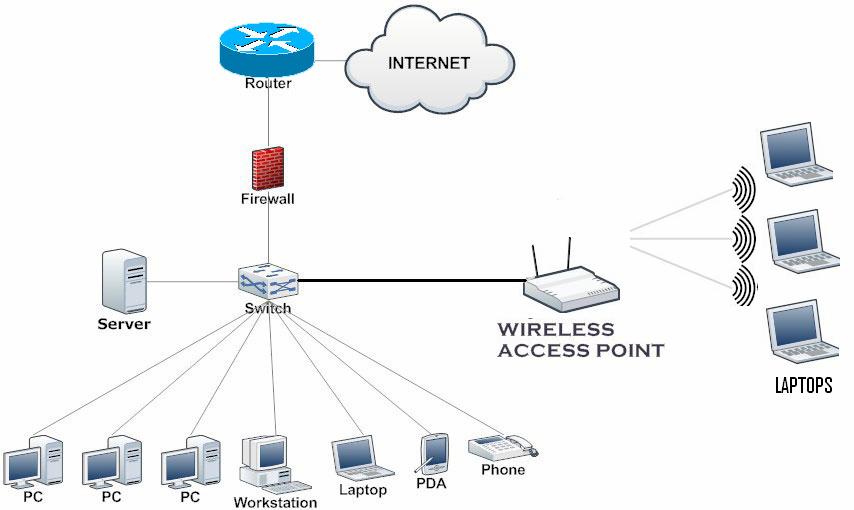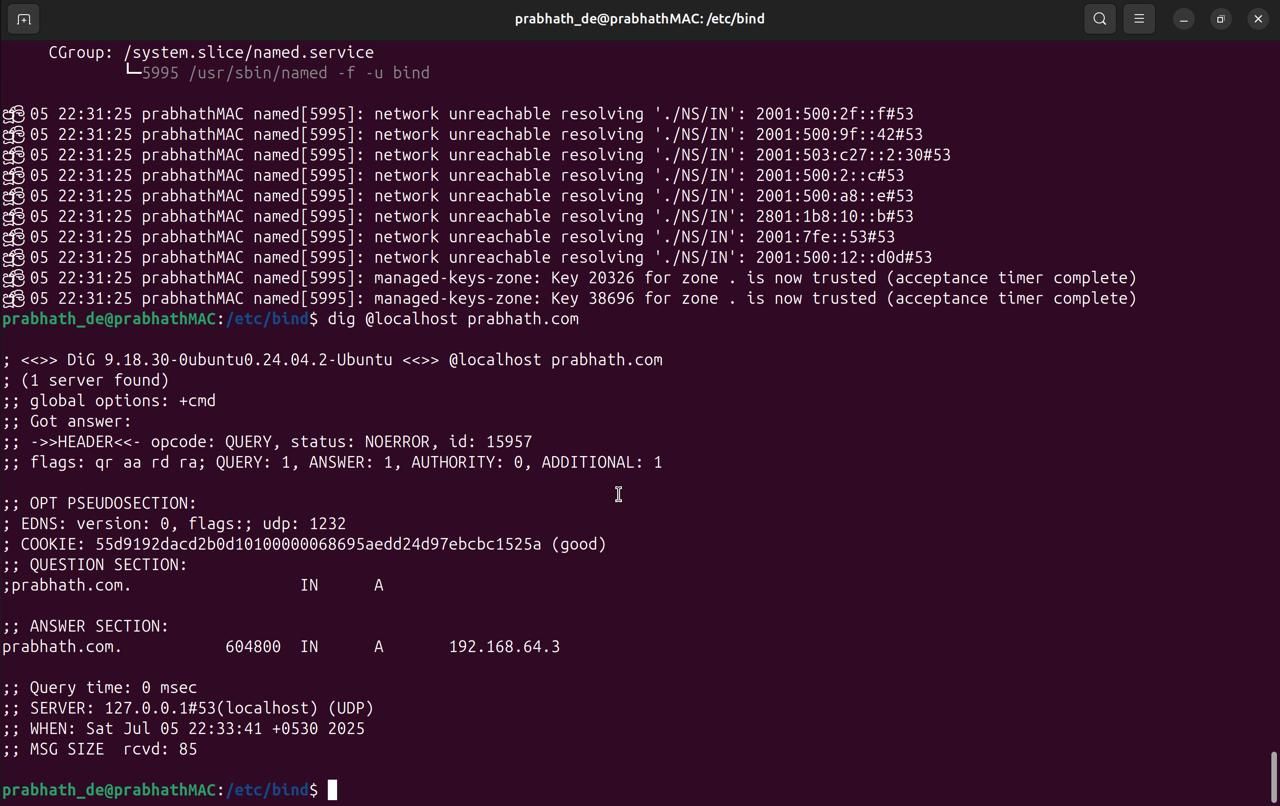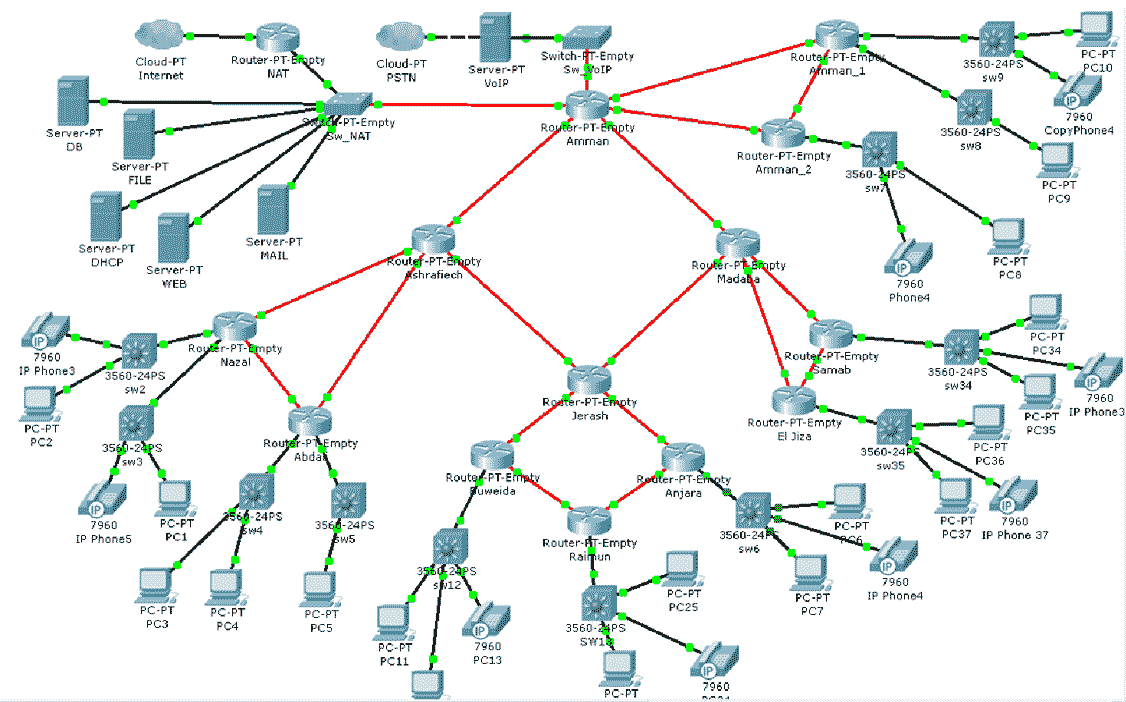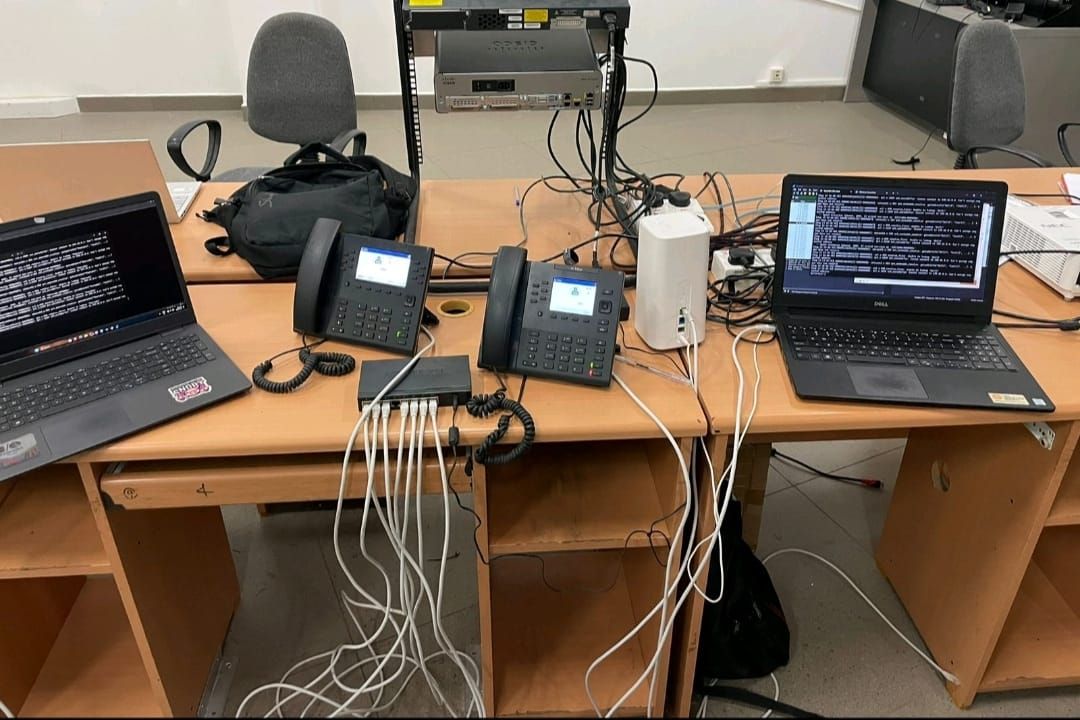Project Showcase
A detailed look at my hands-on work and case studies.
Small Office Network Design
This project involved designing and simulating a complete, secure, and scalable network for a small office environment from the ground up.
The Challenge
The goal was to create a network supporting 50 users across three departments: Sales, Engineering, and Management. Key requirements included departmental segmentation, secure internet access, and reliable internal routing.
My Solution
I utilized Cisco Packet Tracer to build the topology. The network was segmented using VLANs to isolate traffic between departments. An OSPF routing protocol was configured for efficient and automatic route discovery between routers. For security, I implemented Access Control Lists (ACLs) on the core router to filter traffic and prevent unauthorized access between VLANs.

Linux DNS & DHCP Server Setup
This project focused on configuring core network services on a Linux server to manage local IP address allocation and domain name resolution.
The Goal
To replace a consumer-grade router's limited functionality with a robust, centrally managed server running on Ubuntu Server. This provides greater control and visibility over the local network.
Implementation
I installed and configured BIND9 for the DNS service, creating forward and reverse lookup zones for a local domain (`rashmika.lan`). I then set up the ISC DHCP Server to dynamically assign IP addresses to clients, ensuring that DNS server information was also provided automatically. All configurations were documented and tested for reliability.

Network Infrastructure Design and Implementation
This project involved planning and implementing a reliable, scalable, and secure IT network infrastructure for an enterprise environment.
The Challenge
The objective was to design a future-proof network capable of supporting over 200 devices across multiple departments. Requirements included centralized internet access, internal resource availability, IP-based CCTV, VoIP readiness, and segmented access for administration, staff and guest users.
My Solution
I planned the Layer 2 and Layer 3 topology using best practices in switching, VLAN segmentation, and routing. Subnets were designed for different departments to improve traffic control and reduce broadcast domains. High-availability switches and routers were proposed for critical areas. I also ensured redundancy and security using Access Control Lists (ACLs), NAT and DHCP services.

VOIP System setup using FreeBSD and Asterisk
This project involved setting up a Voice over IP system on FreeBSD using Asterisk to simulate internal telephony in an office environment.
The Goal
The goal was to deploy a fully functional IP-based telephony system to support internal communication between departments, along with voicemail and call routing features. The environment required integration with existing LAN infrastructure.
Implementation
I installed and configured Asterisk on a FreeBSD environment to act as the PBX server. Multiple SIP extensions were created for different users using configuration files. Softphones (Zoiper) were used on client machines for testing. Features like IVR, voicemail, call transfer, and ring groups were successfully tested. Network configurations included port forwarding, NAT, and QoS to optimize VoIP traffic.
